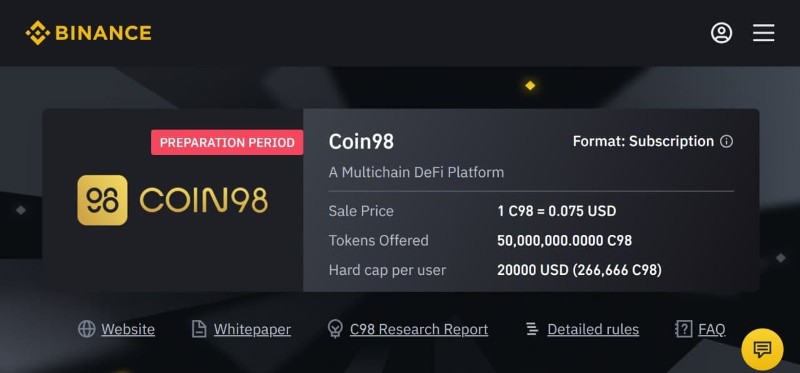

There’s something important you also need to understand. Here’s a summary of what the graph is telling us about losses compared to HODLing: Note that it doesn’t account for fees earned for providing liquidity. But how much is it exactly? We can plot this on a graph. So, impermanent loss happens when the price of the assets in the pool changes.

Even so, it’s crucial to understand impermanent loss before providing liquidity to a DeFi protocol.

In many cases, the fees earned would negate the losses and make providing liquidity profitable nevertheless. With that said, Alice’s example completely disregards the trading fees she would have earned for providing liquidity. Keep in mind, however, that impermanent loss can lead to big losses (including a significant portion of the initial deposit). In this case, Alice’s loss wasn’t that substantial as the initial deposit was a relatively small amount. We can see that Alice would have been better off by HODLing rather than depositing into the liquidity pool. She made some nice profits since her deposit of tokens worth 200 USD, right? But wait, what would have happened if she simply holds her 1 ETH and 100 DAI? The combined dollar value of these holdings would be 500 USD now. As a result, she can withdraw 0.5 ETH and 200 DAI, totaling 400 USD. As we know from earlier, she’s entitled to a 10% share of the pool. There is now 5 ETH and 2,000 DAI in the pool, thanks to the work of arbitrage traders. If ETH is now 400 DAI, the ratio between how much ETH and how much DAI is in the pool has changed. While liquidity remains constant in the pool (10,000), the ratio of the assets in it changes. What determines the price of the assets in the pool is the ratio between them in the pool. While this is happening, arbitrage traders will add DAI to the pool and remove ETH from it until the ratio reflects the current price. Let’s say that the price of ETH increases to 400 DAI. So, Alice has a 10% share of the pool, and the total liquidity is 10,000. In addition, there’s a total of 10 ETH and 1,000 DAI in the pool – funded by other LPs just like Alice. This also means that the dollar value of Alice’s deposit is 200 USD at the time of deposit. This means that the price of ETH is 100 DAI at the time of deposit. In this particular automated market maker (AMM), the deposited token pair needs to be of equivalent value. Let’s go through an example of how impermanent loss may look like for a liquidity provider.Īlice deposits 1 ETH and 100 DAI in a liquidity pool. This, however, depends on the protocol, the specific pool, the deposited assets, and even wider market conditions. If there’s a lot of trading volume happening in a given pool, it can be profitable to provide liquidity even if the pool is heavily exposed to impermanent loss. Uniswap charges 0.3% on every trade that directly goes to liquidity providers. In fact, even pools on Uniswap that are quite exposed to impermanent loss can be profitable thanks to the trading fees. So why do liquidity providers still provide liquidity if they’re exposed to potential losses? Well, impermanent loss can still be counteracted by trading fees. In this case, there’s a smaller risk of impermanent loss for liquidity providers (LPs). Stablecoins or different wrapped versions of a coin, for example, will stay in a relatively contained price range. Pools that contain assets that remain in a relatively small price range will be less exposed to impermanent loss. In this case, the loss means less dollar value at the time of withdrawal than at the time of deposit. The bigger this change is, the more you are exposed to impermanent loss. Impermanent loss happens when you provide liquidity to a liquidity pool, and the price of your deposited assets changes compared to when you deposited them. So, what do you need to know if you want to provide liquidity for these platforms? In this article, we’ll discuss one of the most important concepts – impermanent loss. Democratizing market making has enabled a lot of frictionless economic activity in the crypto space. These liquidity protocols enable essentially anyone with funds to become a market maker and earn trading fees. Providing liquidity to a liquidity pool can be a profitable venture, but you’ll need to keep the concept of impermanent loss in mind.ĭeFi protocols like Uniswap, SushiSwap, or PancakeSwap have seen an explosion of volume and liquidity. Wait, so I can lose money by providing liquidity? And why is the loss impermanent? Well, it comes from an inherent design characteristic of a special kind of market called an automated market maker. The larger the change is, the bigger the loss. Impermanent loss happens when the price of your tokens changes compared to when you deposited them in the pool. If you’ve been involved with DeFi at all, you almost certainly heard this term thrown around.


 0 kommentar(er)
0 kommentar(er)
